Polish paraglider Ewa Wiśnierska is sharing the story of the accident that nearly cost her her life after she left to train with other pilots for the 2007 World Paragliding Championships.
In February 2007, Wiśnierska ascended to 32,986 feet (10,000 meters) above the Earth after being sucked into a cumulonimbus cloud—a heavy and dense cloud that produces lightning and is a notable hazard to aviation.
The paraglider passed out from the lack of oxygen and was only able to escape the storm and land safely after nearly three and a half hours.
“We weren’t racing that day, but the point of the competition was to fly as far as possible so we could learn the area and the terrain and get prepared for the world championships,” Wiśnierska told People Magazine.
Ewa Wiśnierska is recounting the story of the 2007 paragliding accident that caused her to get sucked into a storm and lose consciousness 30,000 feet above the Earth

Image credits: The Dark Side of Crime
“I remember the race organizer telling everyone, ‘We have nice weather today, but in the afternoon there’s a possibility of thunderstorms, so be careful.’
“After flying maybe 37 miles (60,000 meters) from our takeoff point, we could see that behind us, the clouds were growing and growing, building into one huge cloud.
“But since I was flying away with the tailwind, I kept thinking, ‘OK, I can see the thunderstorm, but I’m escaping it.'”
Wiśnierska suddenly experienced a very strong lift. She tried to descend by making a spiral—a paragliding maneuver—and by pulling down on the lines of the paraglider. When neither strategy worked, she realized that she was being sucked up and lifted inside a dense cloud.
Wiśnierska was training for the World Paragliding Championship in Australia when she got sucked into a cumulonimbus cloud, a heavy and dense cloud that produces lightning
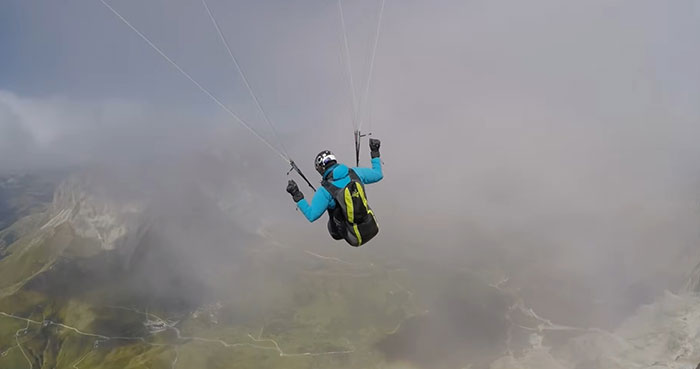
The paraglider was being lifted up at 24 yards per second, six times the speed of her usual rate.
“‘Oh my god,’ I said to myself. ‘What’s going on? This can’t be possible.’ I knew I was in serious danger and was trying to get myself out of the cloud, but I couldn’t.
“All around me, the air was so turbulent, moving up and down violently, sometimes causing my paraglider to collapse while I fought to stay in control and the rain soaked me.”
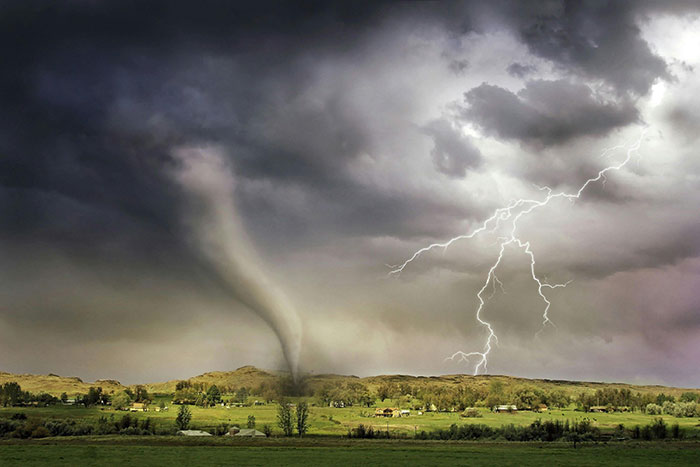
At that point, Wiśnierska was being pelted with hail, and she could see lightning flashing right before her eyes. She gave up hope of escaping the cloud and surrendered to fate, trying to maintain her calm—for herself and for the people waiting for her on the ground.
“I began thinking about my parents and telling myself, ‘I have to come back. I have to land safely. Dying is not an option.’ I knew I could not do that to my parents.
“I kept telling myself not to panic. I’m not religious, but I’ve always believed in some higher power. So I started praying while the lightning flashed around me, and I kept climbing higher. I told myself, ‘I’m in the hands of God now.’
“At some point, I remember feeling really tired, and that’s when I lost consciousness and passed out.”
“I began thinking about my parents and telling myself, ‘I have to come back. I have to land safely. Dying is not an option,'” she recalled
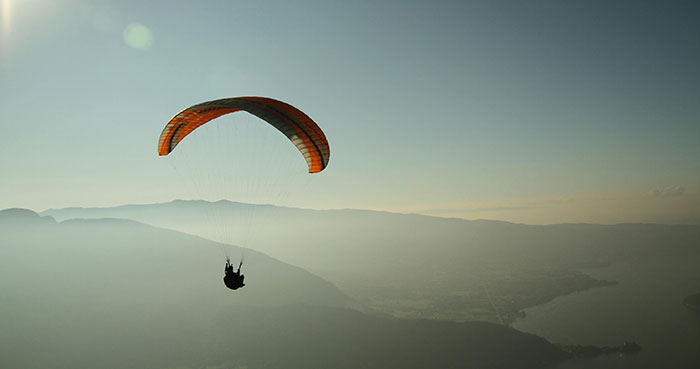
The paraglider woke up 45 minutes later. When she looked at her GPS, she realized that her altitude was around 22,966 feet (7,000 meters).
She also learned that, just minutes before, while unconscious, she had reached an altitude of over 32,986 feet (10,000 meters), the height at which most commercial planes fly.
Wiśnierska was safer than before, but that didn’t mean she was out of danger. Wearing a T-shirt and a light jacket, the athlete was enduring extreme cold at such a high altitude. Her equipment was also covered in ice.
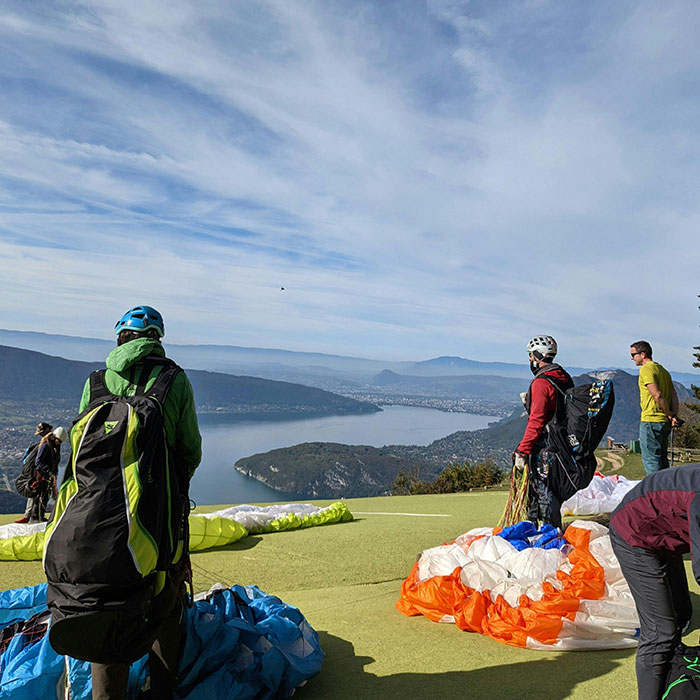
“It was so cold, probably around minus 55 degrees [-67 Fahrenheit]. You cannot imagine this cold. It was the most horrible thing I had ever felt. I had no idea where I was. I just kept my hands in front of my face, trying to stay warm (…)
“As I was telling myself that I needed to calm down or I would freeze to death, I could tell my paraglider, which was filled with water and hail, was sinking.
“I decided to try and make a spiral again, knowing I had to be very careful because of how heavy the canopy had become.”
This time, the air had become calmer, and the maneuver worked. Wiśnierska continued to spiral downward until she finally saw what she had been hoping to see since her training competition had turned into a fight for survival.
“I don’t know how long it took, but at some point, the clouds started to open, and I could finally see the ground.”
Wiśnierska spent three and a half hours fighting for her life, some of which was at the altitude where commercial jets fly
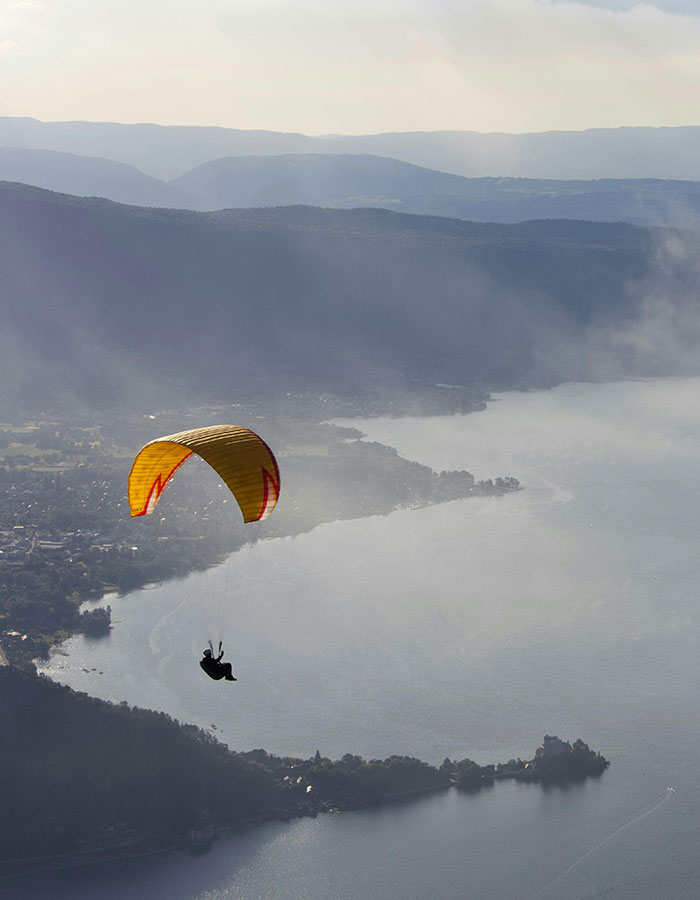
“Seeing the Earth again was such a beautiful moment. I felt like I was on the Apollo 13 coming back, coming home.
“I was desperately looking for a road or a farm where I could land. Finally, I saw some cows and realized that where there were cows, there would also probably be people.”
When she landed, she couldn’t feel her fingers, and her ears were completely frozen.
Her radio was broken, but her phone wasn’t. She got a call from one of her team members, and she texted him her GPS coordinates.
“Seeing the Earth again was such a beautiful moment. I felt like I was on the Apollo 13 coming back, coming home,” the pilot described
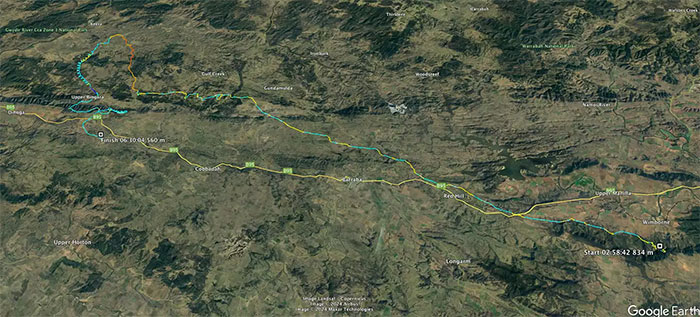
“45 minutes later, they found me and took me to the hospital. Other than some frostbite, which eventually went away, everything was fine.”
As Wiśnierska told People Magazine, she still flies for pleasure but has stopped participating in paragliding competitions.
She still thinks about another pilot, Chinese paraglider He Zhongpin, who left to train that day and was killed by a lightning strike.
Wiśnierska is reminded of her accident (and her fortune) every time she takes a plane ride. She looks out the window and thinks, “We’re high, but not as high as I was.”
The athlete’s story was told in the documentary Miracle in the Storm produced by ABC1 and France5. Released in 2010, the film won Best Cinematography in a Documentary at the 2010 Australian Film Institute Awards.
Social media users were amazed by the “luckiest pilot ever” and her survival










